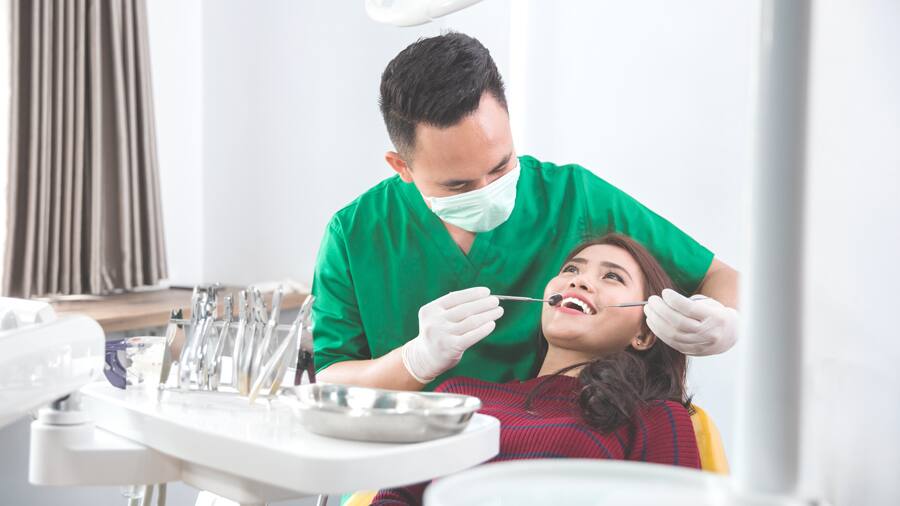Brushing and Flossing
A slip in your oral hygiene routine can put you at risk of gingivitis. Not brushing or flossing regularly gives plaque a chance to build up and inflame the gums. Get back in the habit of brushing at least twice a day, if not after every meal. Use a toothbrush with soft bristles so that you don't irritate your gums further.
When you brush, choose a toothpaste with fluoride, which prevents cavities by strengthening your enamel and stopping the progression of tooth decay. Products can be particularly helpful in fighting oral bacteria for up to 12 hours after brushing.
Flossing is also an important step in the fight against gingivitis. Floss removes pieces of food and plaque from between your teeth, helping to reduce not only your risk of gum disease, but for cavities and tartar buildup as well.
'Deep' Cleaning
In the fight against gingivitis and gum disease, your dentist can and should be your closest ally. If you aren't already seeing your dentist twice a year, you should be because you could have gum disease and not know it. Getting that regular checkup is important because your dentist can spot things you cannot.
During your appointment, your dentist or dental hygienist can perform a deep cleaning, which removes any tartar and plaque from within the gums that you can no longer remove on your own. He can also show you the best ways to brush and floss, to keep the gingivitis from returning or progressing.
Diets and Dentists
Twice-a-year dental visits and a good oral care routine at home will help lower your chances of redeveloping gingivitis. There are a few other things you can do to help reduce your risk for gum disease as well, including watching your diet. Certain foods, such as fruits and vegetables, will help keep your mouth in good shape, but sugary substances such as candy and sweets feed the bacteria that leads to gingivitis.
Knowing the signs of gingivitis and how to prevent it can help you keep your mouth healthy. Keep up your regular dental appointments, and make a special trip to the dentist if you think you're showing gingivitis symptoms.





